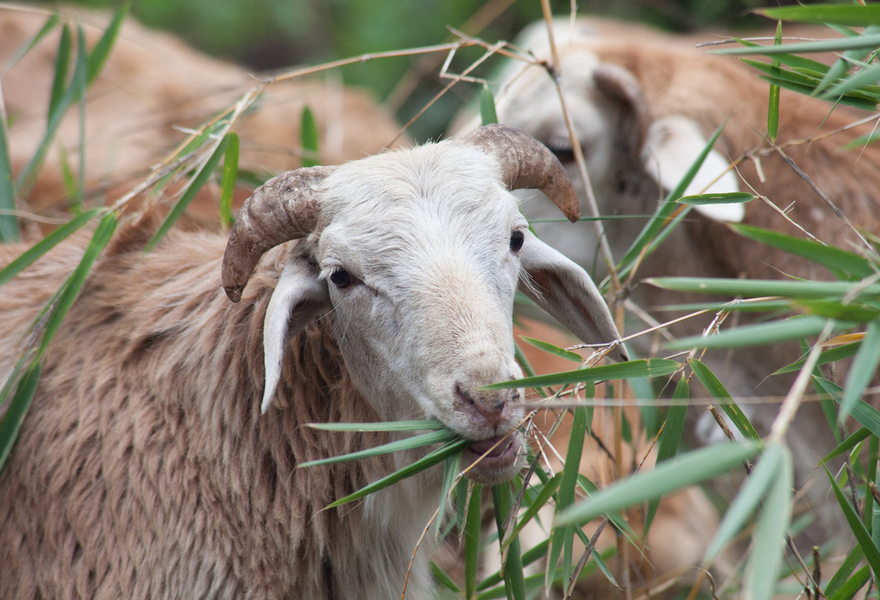New PNAS study
Reform of livestock farming could greatly advance climate protection
Greenhouse gas emissions generated by land use change could be reduced by 23 percent by the year 2030 if farmers worldwide were to supplement animal feed with grain instead of relying exclusively on grazing. This effect, which is achievable without any additional climate policy, results mainly from the reduced need for land, in terms of hectares, by the new, more productive system. This is the finding of a study conducted by the International Institute for Applied Systems Analysis (IIASA) and published in the U.S. journal Proceedings of the National Academy of Sciences (PNAS).
The recent study shows that the rising cost of land and the continued increases in crop yields will lead to a richer diet for animals. Cows, sheep and goats grow faster and produce more milk when fed with high-energy feed from grain. This will result not only in a reduction of greenhouse gas emissions but also in a potential increase of food production and higher profits for farmers.
Lead author Petr Havlík explains: “From the livestock sector perspective, limiting land use change seems the cheapest option both in terms of the economic cost and in terms of impact on food availability. ” Co-author Sabine Fuss, head of the working group Resources and International Trade at the Mercator Research Institute on Global Commons and Climate Change (MCC) in Berlin adds, “Improved efficiency in livestock farming could become a crucial component in climate protection. Its contribution to the reduction of greenhouse gas emissions is relatively greater than that of reduced meat consumption. Here, food security and climate are not mutually exclusive but instead go hand in hand .”
However, researchers also point to the important role of politics for such a large-scale undertaking. “A restructuring of agriculture is only possible if the political sector educates farmers appropriately and gives them better access to markets ,” says Fuss. In addition, security measures are necessary so that this more intensive form of agriculture does not lead to environmental damages or compromise animal welfare.
Some 12 percent of global anthropogenic greenhouse gas emissions are caused by the livestock industry, mostly through deforestation (for pastures), manure spreading and the methane emissions from livestock.
Worldwide, meat production is tying up more and more land, thereby reducing the land available for agricultural crop production. The hunger for meat is on the rise especially in Asian countries, such as China and India. According to some estimates, world meat consumption will double by 2050.
Artikel: Havlík P, Valin H, Herrero M, Obersteiner M, Schmid E, Rufino MC, Mosnier A, Thornton P, Boettcher, H, Conant RT, Frank S, Fritz S, Fuss S, Kraxner, F, Notenbaert, A. (2014). Climate change mitigation through livestock system transitions. Proceedings of the National Academy of Sciences






